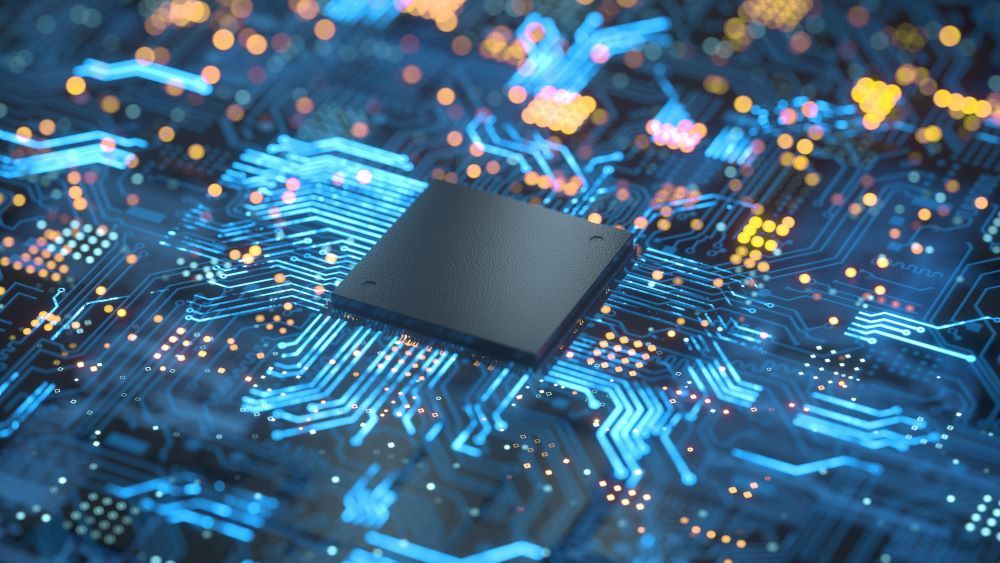
FiRa® Consortium recently released its Certification Program 2.0 to expand its program to support a growing number of ultra-wideband (UWB) use cases. While this is excellent news for the UWB community, it may leave you with two questions. What is the FiRa Certification Program? And, how does the FiRa Certification Program work?
What is the FiRa Certification Program?
Our Certification Program is an internationally available program that defines processes that verify candidate devices conform to FiRa requirements and test specifications. It’s operated by an independent certification authority that ensures transparency and high quality, including the resolution of any certification issues. Also, the certification process organizes releases, grace periods, and the scope for each release.
What is Involved in FiRa Certification Program Testing?
Core certification for a device consists of both conformance testing and interoperability testing.
The testing itself covers the functionalities in the UWB subsystem (UWBS) layer (see Figure 1) which is composed of three layers:
- The physical (PHY) layer
- The media access control (MAC) layer
- The link layer
What Does FiRa Certification 2.0 Offer?
With FiRa’s Certification Release 2.0, all features in the initial Certification Release 1.0 are available in addition to the newly available feature set certification. A feature set is a combination of a feature component and one or more device roles.
Depending on the targeted use case, a device needs to conform with at least one of the below feature components:
- Time-schedule-based Two-Way Ranging (TWR)
- Contention-based ranging using TWR
- One-Way Ranging Downlink Time Difference of Arrival (OWR DL DToA)
- One-Way Ranging Angle of Arrival measurement (OWR AoA)
Certification Release 2.0 enables certification for the following main optional features:
- Non-deferred mode for Double-Sided Two-Way Ranging (DS TWR)
- Data transfer with ranging
- Dynamic Scrambled Timestamp Sequence (STS)
- Provisioned STS
What is the FiRa Certification Process?
- First, you need to be a FiRa member. You can join here.
- As a FiRa member, you have access to the Certification Management System, where you’ll need to provide:
- Contact information
- Device information
- Protocol Implementation Conformance Statement (PICS)
- Select a test lab from the list of FiRa Authorized Test Labs (ATLs)
- Send your device to the selected ATL for certification testing. The cost of the testing falls to you and the ATL.
- Test results are sent to FiRa
- If the device passes the conformance testing, the FiRa member will:
- Pay the device certification listing fee
- Receive a Certificate of Conformance
- Be able to promote certification by using the FiRa Certified logo according to the FiRa Brand Guidelines and with an executed FiRa Certification Mark License Agreement in place
- Be able to authorize FiRa to add information on the certified devices section of the FiRa Website
If the device doesn’t pass the conformance testing, the FiRa member has the option to address the device failure(s) and submit it to the ATL for retesting. Until it has passed the testing, no Certificate of Conformance will be issued, and the device can’t be marketed as FiRa Certified.
To learn more about this process, FiRa members may refer to the FiRa Consortium Device Certification Process or contact FiRa at admin@firaconsortium.org.